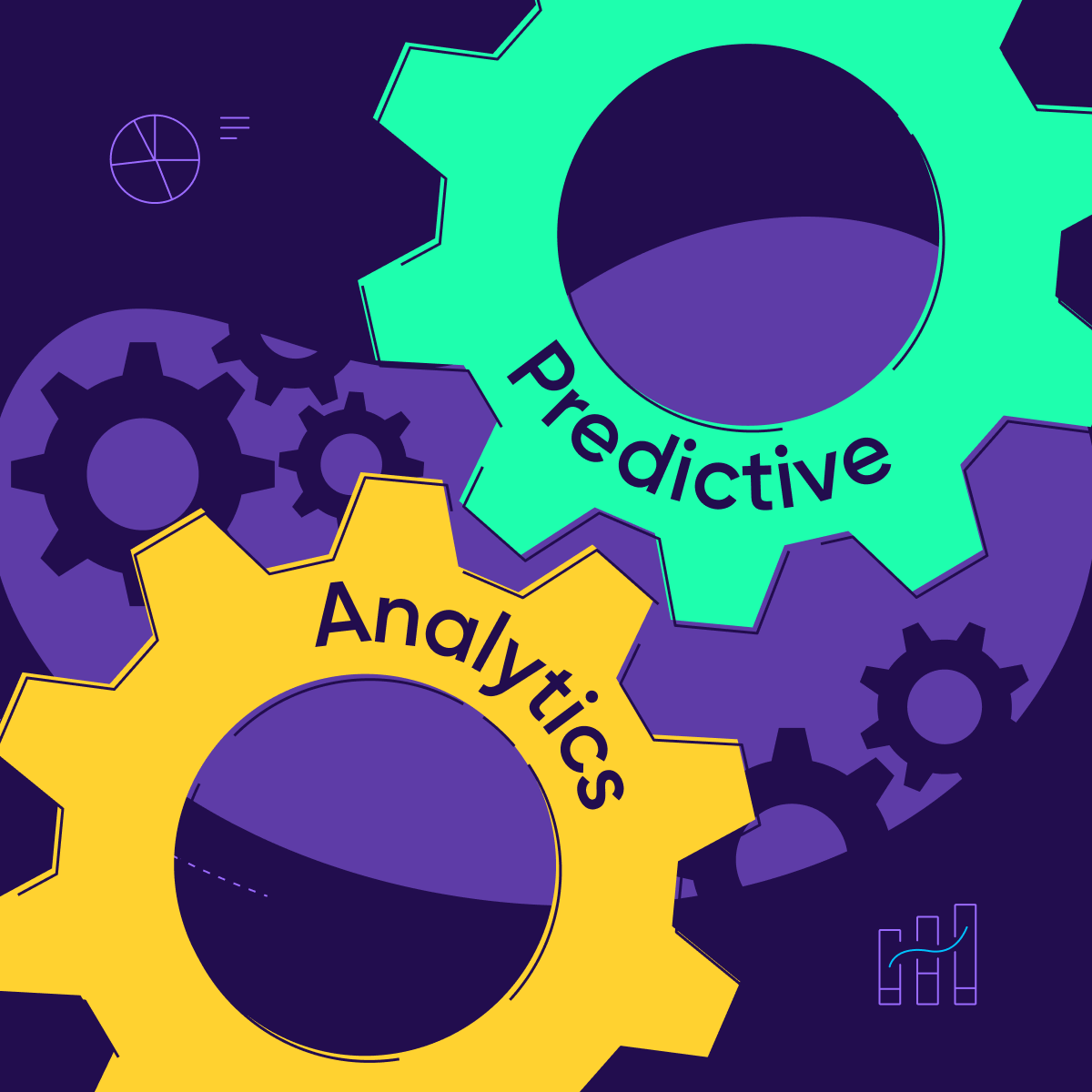
Predictive marketing in the age of user privacy

After a long wait, several delays, and a lot of nail biting, on April 26, 2021 Apple officially put its ATT enforcement into practice.
The big news with this move is that we’ve officially entered a new era of user-privacy-centric online advertising.
By reducing reliance on IDFA and introducing additional limitations on user measurement and targeting, Apple aggressively pushed the online industry to its inevitable next step.
The online user community has become increasingly sophisticated and knowledgeable over the last few years. Where the average app user is no longer willing to accept giving up their privacy only to use an app or a service.
But, in 2021, does an advertiser really need users to pay that price?
Stepping out of the comfort zone
For years, online advertising’s biggest advantage over traditional advertising was the fact that it can use endless amounts of measurable performance data to pinpoint its desired target audience. Exposing campaigns to a very specific group of people means you’re more likely to drive higher LTV from each user and spend your money efficiently.
But, what if you could open the gates to a larger sample group and gain immediate insight into their potential value?
Predictive analytics lets you do exactly that.
Predictive analytics allows you to increase your campaign’s potential audience. By creating different behavioral characteristic clusters, your audience can then be categorized not by their actual identity, but by their interaction with your campaign in its earliest stages. This interaction can indicate their future potential with your product.
For example, a gaming app developer can predict the potential LTV they can drive out of their users in a 30-day timeframe. This is based on the timeframe that passed until the tutorial completion (engagement), number of returns to the app (retention), or the amount of exposure to ads across each session (monetization).
Each of the above factors, or any combination between them can be correlated to the user’s compatibility with the developer’s LTV logic, and receive a pLTV score accordingly initially at the start of a campaign.
This of course requires a sophisticated machine to first be trained to make such correlations. It will be based on your definition of success, your LTV logic, and apply that to a significant amount of data to drive the necessary correlation between early engagement signals, and eventual success matrix.
This means that advertisers no longer need to know WHO the user is, but rather know WHAT pLTV (predicted lifetime value) score cluster they fit into. This score should be as accurate as possible, available on the campaign’s earliest days, and represent the advertiser’s LTV requirements for it to be considered valid and actionable.

Batman begins – Warner Bros. Pictures
Having such insights allows for faster decisions in boosting, pausing, or optimizing campaigns with confidence.
With anonymity at the forefront, this revolutionizes the online interaction between advertisers and users…
No one is reinventing the wheel here
It’s no secret that the science of predictive analytics has been around for years. It’s used by the biggest companies and industries in the world to perfect their operations, anticipate supply and demand shifts, foresee global changes, and use historical data to anticipate and prepare for future events.
Introducing this sophisticated technology to the marketing landscape and its application to accommodate the industry’s evolution is paramount.
There’s no going back and user privacy is here to stay.
Our team at AppsFlyer have been developing our predictive analytics solution since late 2019. This was part of the company’s ongoing innovation efforts and our commitment to provide substantial value to our ecosystem, advertisers, partners, and users alike.
Developing a solution that can drive marketing insights using very little data over a very short period of time was a logical decision, long before Apple introduced the concept of SKAdNetwork and ATT.
SKAdNetwork’s limitations were complemented perfectly by a user-privacy-oriented solution.
24 hour measurement window.
1 conversion value.
That’s all you need with predictive analytics.




